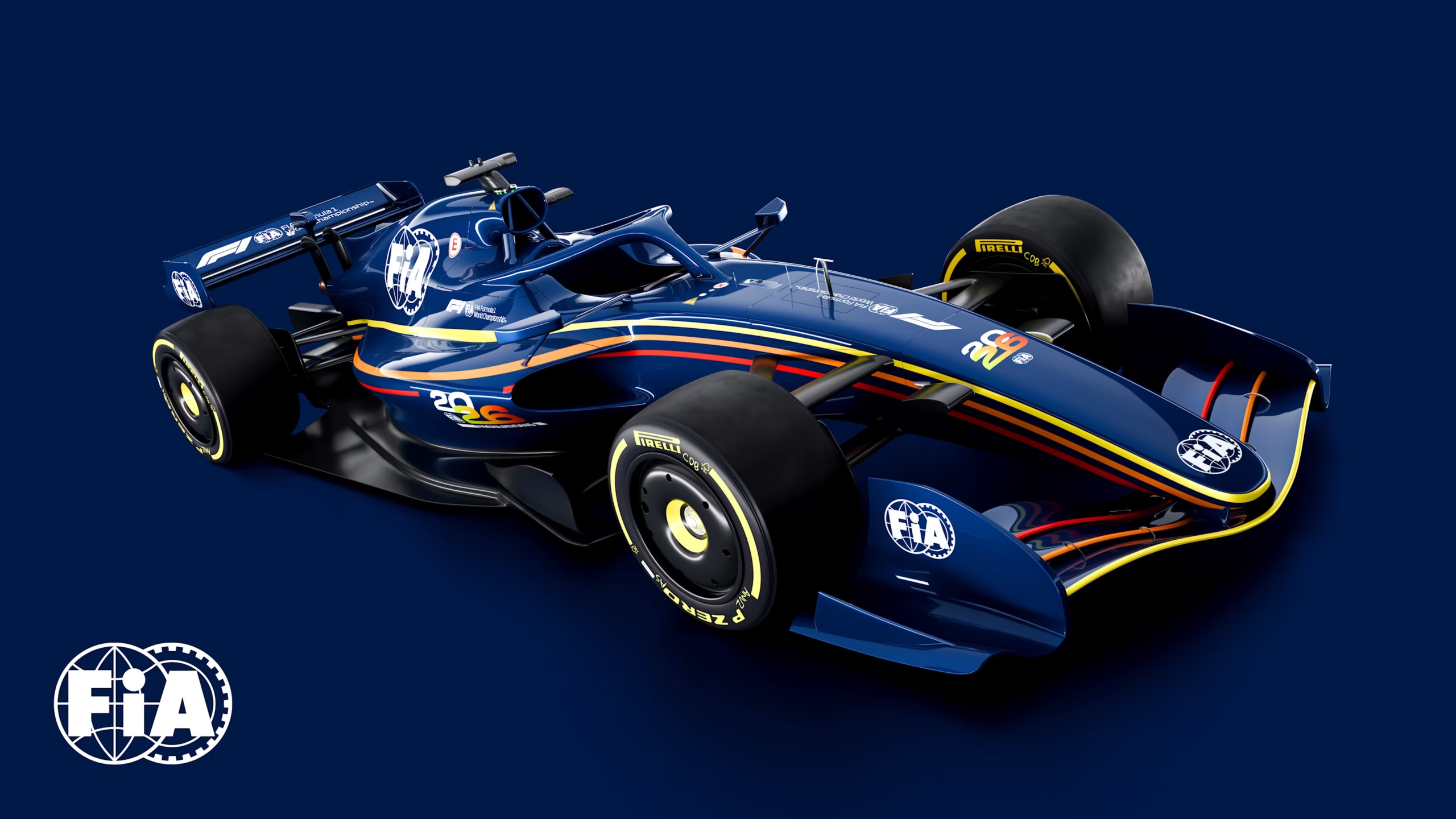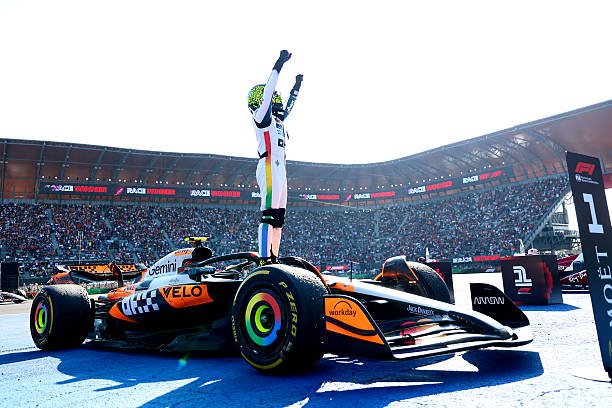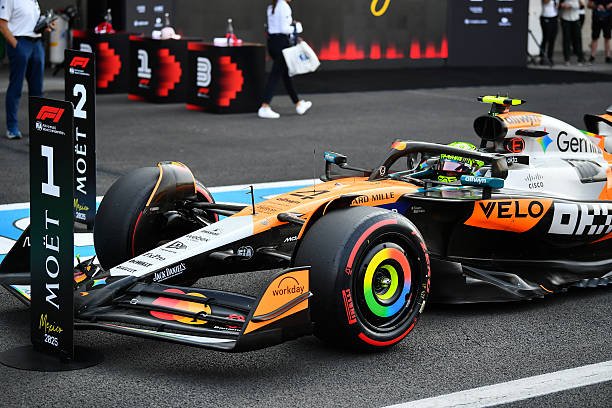F1 DRIVERS ARE NOT HAPPY WITH THE 2026 REGULATIONS
While we are getting closer to the big regulations change in 2026, concerns are growing in the paddock and among fans. The first to speak out have been the drivers, sharing their views on what the future may reserve.
The new rules introduce 50/50 hybrid power units, meaning nearly half of the power will come from electrical energy, compared to the current 20%. The engines will run on 100% sustainable fuels, while aerodynamics will take a radical turn with the introduction of active aero systems designed to reduce drag on straights and increase cornering performance. On paper, the new generation of cars should be more efficient, greener, and theoretically provide better wheel-to-wheel racing.
But as testing data filters through the paddock and simulator runs begin, concerns are growing, not just from engineers and team bosses, but from the drivers themselves. Many fear the cars will become too heavy, less exciting to drive, and overly dependent on system-controlled features.
Here’s what some of the drivers had to say:
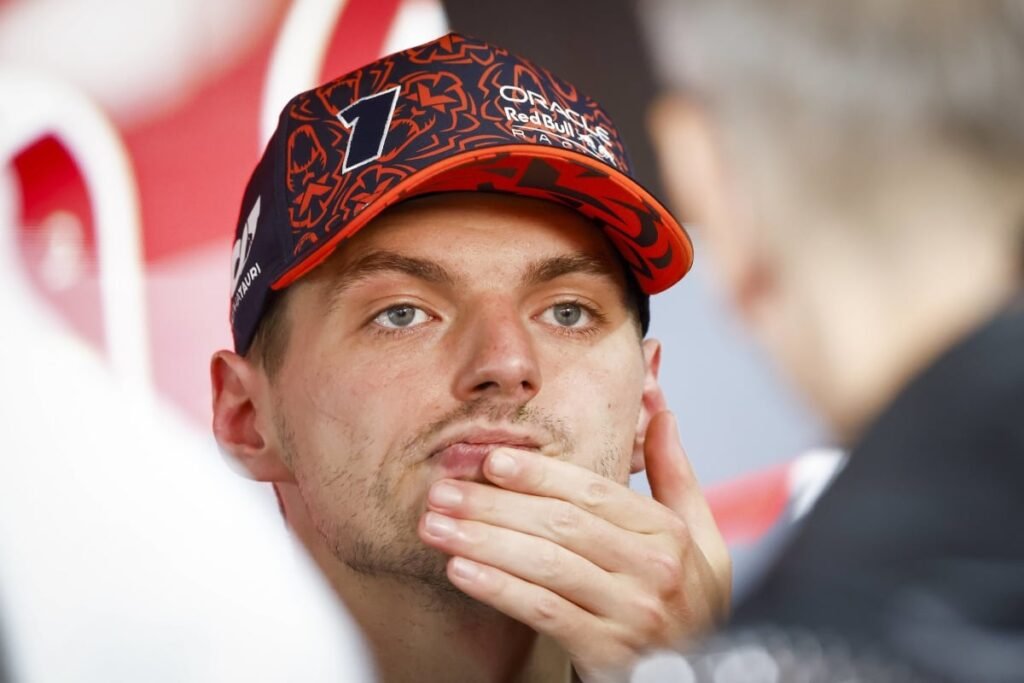
Max Verstappen:
“I don’t think this is the right direction to go for. From the numbers and what I see from the data already everything looks very bad. It looks like it will be a battle between who has the strongest engine, and there is a potential risk of starting a developement war to gain a few horsepower here and there, plus there will be active aereodynamics, which you can’t control because it will be managed by the system. I think it makes the car very awkward to drive because I prefer to control it myself based on the situation I’m in and what I need in that moment. Also the cars will weight more and have less drag so It will be more difficult to overtake on the straights.”
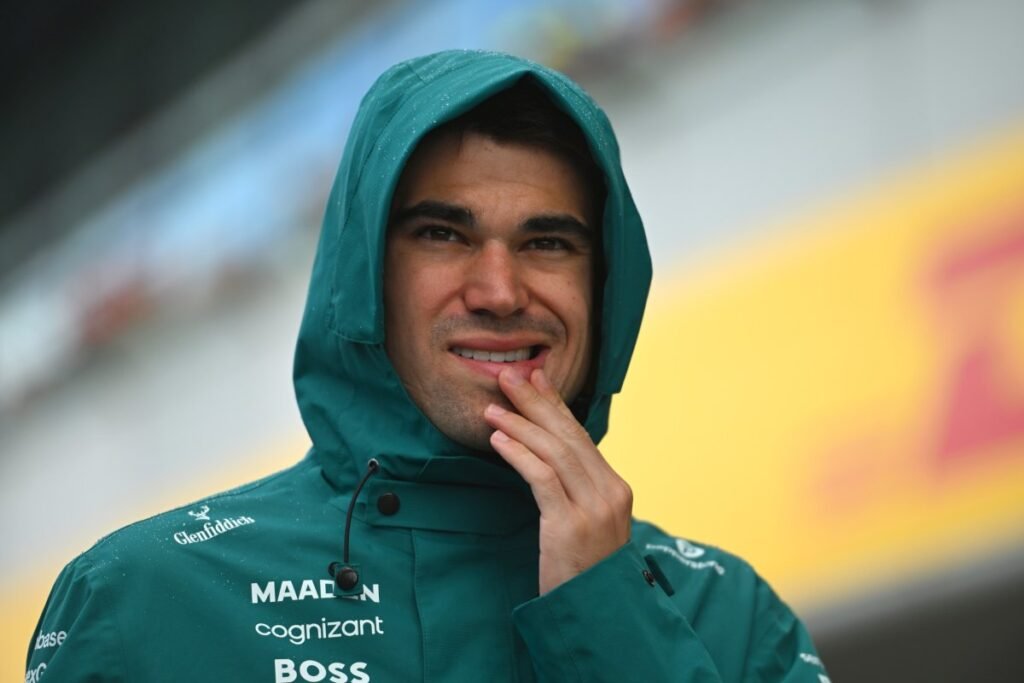
Lance Stroll:
“It’s a shame F1 is going full electric and needs to remove downforce to support the batteries. I’d like to see light, agile cars with plenty of grip. Now it’s becoming more of a science project than an actual F1 championship.”

Lewis Hamilton:
“I don’t think it’s the right choice. I talked to the guys who tested it at the simulator and they all told me it feels slower. It will also be heavier so we’ll se how it goes, hopefully I’ll be positively surprised next year.”
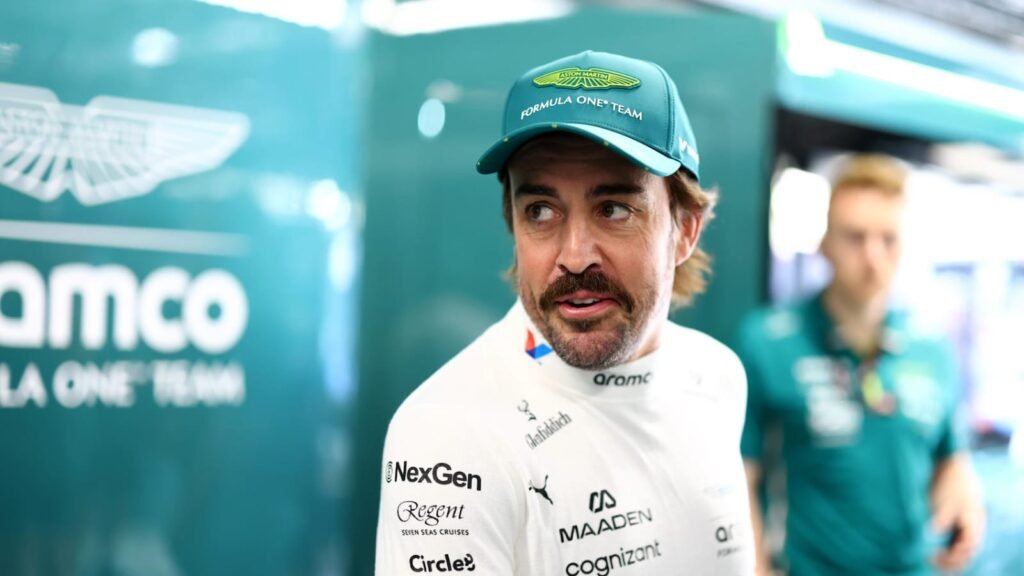
Fernando Alonso:
“I think it will be almost impossible for the teams to hit the target of reducing weight by 30 kilos with all the batteries and all the components that will be added to the cars. They have to cut downforce from the current cars but also to add more components for the engine. It will be hard to even fit everything in the car. We’ll see.”

Alexander Albon:
“I think it’s a bit more complex on driver’s side. We have a lot more to do and we will need to change our driving style a bit. I think driver’s talent won’t make that much of a difference, you will just need to be smart and learn how to use and even “abuse” the system to get the most out of it in certain situations.”
Overall the opinions are similar between all the drivers, despite that, some of them demands their collegues to be more “open minded” over the big changes that are coming next year.
The FIA’s intention is clear: reduce Formula 1’s carbon footprint, limit costs, and ensure the sport stays relevant in a rapidly changing automotive landscape. The governing body argues that the 2026 regulations will bring lighter chassis (targeting a 30kg reduction), smaller cars with improved efficiency, and a net-zero carbon power unit formula.
Historically, whenever F1 undergoes major rule changes, there are fears and doubts. The 2014 hybrid era was initially criticized for sounding “like vacuum cleaners,” but eventually produced some of the most dominant machinery the sport has ever seen. Similarly, the 2022 ground-effect cars were questioned, yet they succeeded in allowing cars to follow more closely, even if overtaking challenges remain.
Share this content:
